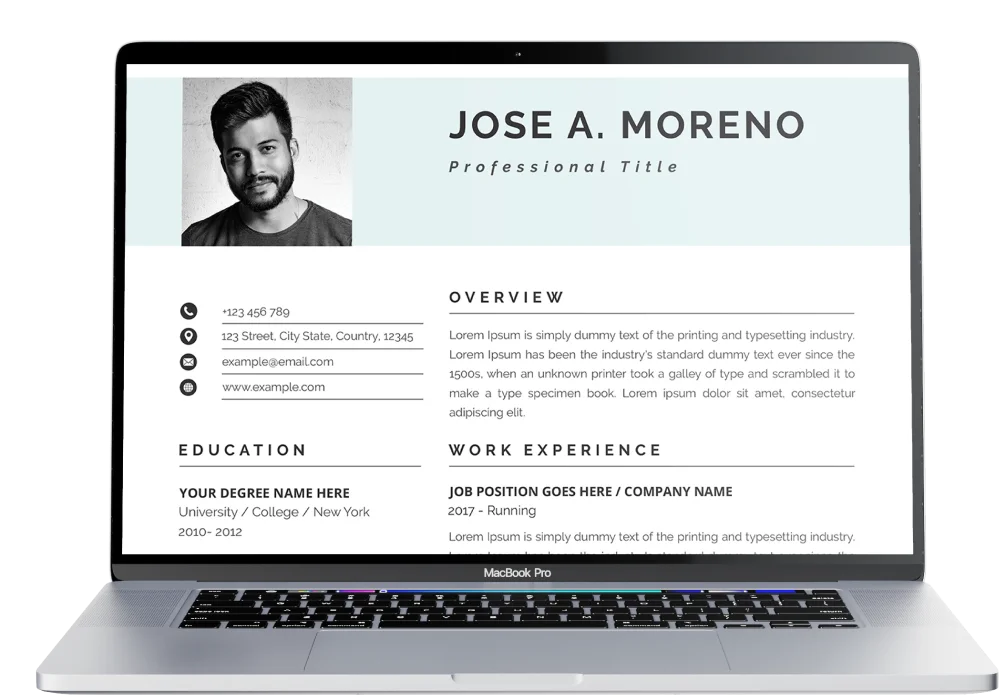
When applying for a job, your resume is often the first thing an employer sees. It tells them who you are, what you can do, and why you’re a good fit for the job. One of the most important parts of your resume is the Skills section. The way you list your skills can make a big difference in how your resume is received. In this article, we’ll talk about how to add skills to your resume the right way.
Before you start adding skills, think about what you’re really good at. These can be:
Make a list of all your skills, then pick the ones that best match the job you’re applying for.
The best way to decide which skills to include is by reading the job description. Employers often list the skills they are looking for. For example, if a company wants someone who knows “Microsoft Excel” and “project management,” make sure those words appear on your resume—if you truly have those skills.
Your skills should be easy to read and understand. There are two common ways to list them:
Using both methods together makes your resume more powerful and detailed.
Many employers use software to scan resumes for certain words. To make sure your resume passes the scan, use the same terms that appear in the job ad. For instance, if the job asks for “Customer Relationship Management,” write it exactly like that, not just “CRM.” But avoid overstuffing—your resume should still sound natural.
Instead of just listing your skills, show how you’ve used them. For example:
This gives real examples that prove your skills in action.
Every job is different. Don’t use the same resume for every position. Customize your skills section to match the job. If you’re applying for a marketing job, focus on marketing skills like “SEO,” “social media,” or “content strategy,” instead of unrelated abilities like “Python programming.”
Use a clear layout and avoid long sentences or unnecessary details. Keep the font readable and use bullet points. Recruiters spend only a few seconds scanning each resume, so your skills should be easy to spot.
As you learn new things or gain experience, update your resume. New courses, certifications, or tools you’ve learned should be added to keep your resume fresh and up-to-date.
Adding skills to your resume the right way helps you get noticed by employers and shows that you’re a good match for the job. Focus on relevant, clear, and proven skills that highlight your strengths. Remember—your resume is your first impression, so make every word count!

First impressions matter. Choose a professional template and let your resume speak for itself.
Our expertly designed resumes are tailored to highlight your skills and experience, ensuring you make a great first impression.
Subscribe to stay updated with our latest news and updates.
Please select a template first
